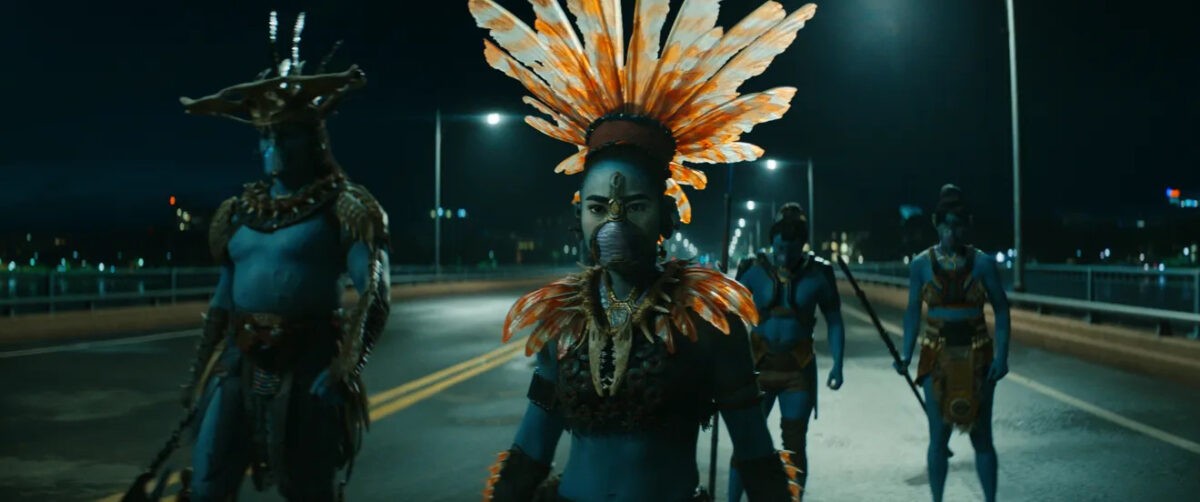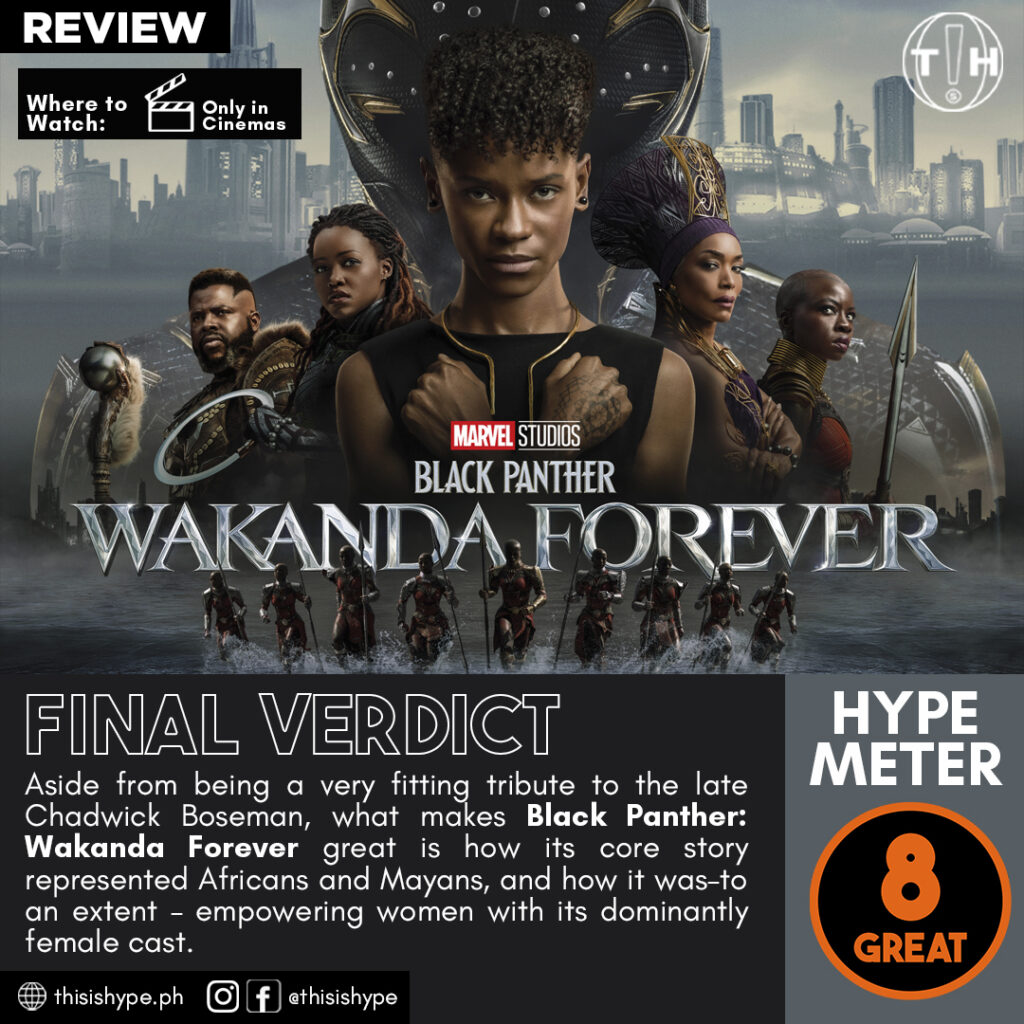Among the Marvel Cinematic Universe movies from Phase 3, Black Panther has to be the best solo movie to date. Chadwick Boseman’s role as T’Challa was so iconic, that it was so hard to find a successor following the acclaimed actor’s death. With Black Panther: Wakanda Forever set after T’Challa’s death (both in real and reel life), there’s immense pressure on how the kingdom of Wakanda will stay strong–especially as it deals with new threats in a post-T’Challa era.
We got to watch Black Panther: Wakanda Forever a day ahead of its official premiere in the Philippines to give our thoughts on this review. Is it one of the better films under Phase 4?
Black Panther: Wakanda Forever Review: Overview
Director
- Ryan Coogler
Producer
- Nate Moore
Cast
- Letitia Wright as Shuri
- Tenoch Huerta as Namor
- Dominique Thorne as Riri Williams/Ironheart
- Angela Bassett as Queen Ramonda
- Lupita Nyong’o as Nakia
- Danai Gurira as Okoye
- Michaela Coel as Aneka
- Martin Freeman as Everett Ross
- Mabel Cadena as Namora

Spoiler Warnings
While we will tackle the more obvious aspects of the movie like T’Challa’s death, Shuri’s fate as the next Black Panther, and tidbits on Namor (Tenoch Huerta) and Riri Williams (aka Ironheart, played by Dominique Thorne), we will stray away on major plot points of Wakanda Forever that include how Shuri (Letitia Wright) eventually became the new Black Panther, which characters will die, and anything that involves the ending.
In this review of Black Panther: Wakanda Forever, we will focus more on the technical aspect of the movie and the overall gist of the story.
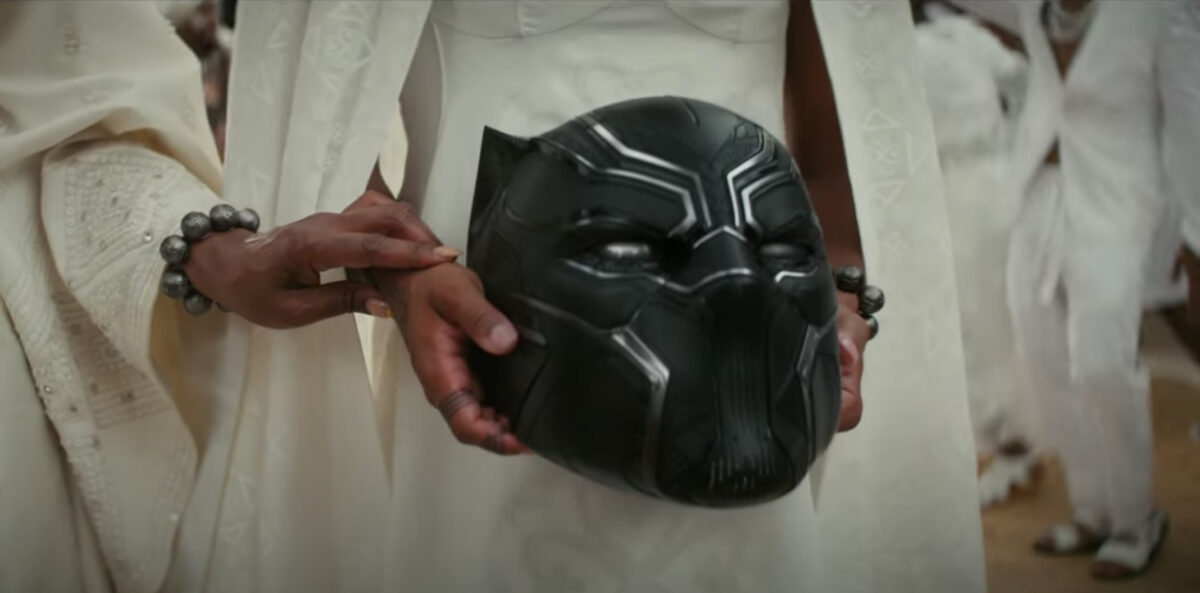
A very good tribute to Boseman
Next to Robert Downey Jr. as Iron Man, Chadwick Boseman’s role as T’Challa is one of the absolute best castings Marvel has made–making him practically irreplaceable. Following his tragic death in 2020, Marvel has coined Wakanda Forever its most important film, as the Black Panther sequel is also a tribute to Boseman.
From the introduction of the movie–and especially the opening credits–Marvel did a very great job in paying tribute to Boseman as The best actor to have ever portrayed Black Panther on screen. Boseman’s death was sudden, and the same can be said about the circumstances of T’Challa’s death. While we appreciate the whole tribute to Boseman, this did lead to plot holes on how T’Challa died–and the other surprises that Shuri was not prepared for.
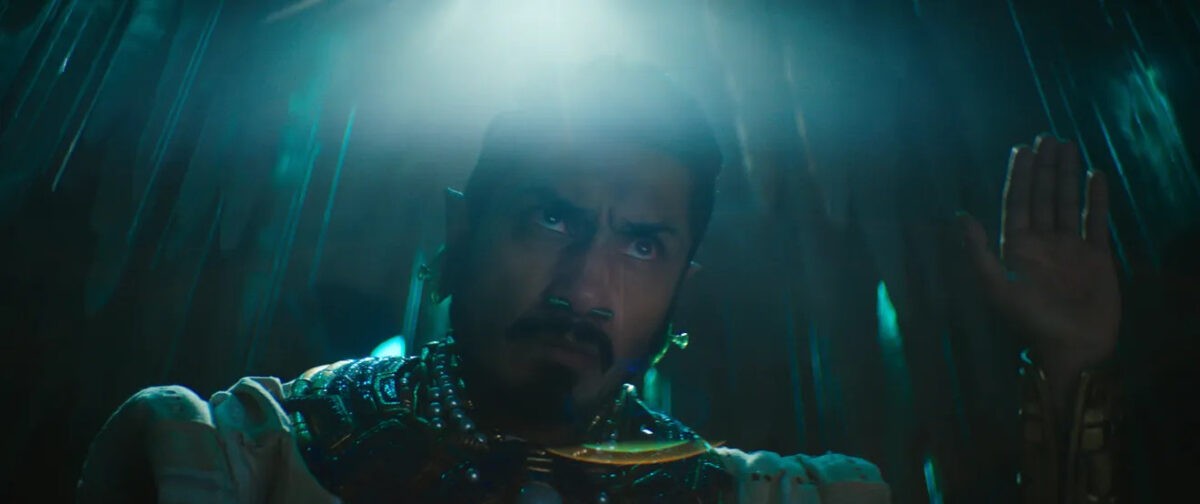
Decent story for Namor–but Ironheart’s story lacks some points
The use of Mayan and Mesoamerican culture to depict Namor’s origins and the underwater city of Talokan–instead of going the comic book canon that Namor is from Atlantis–was a good approach in portraying Namor as an anti-hero–which was the case of one of Marvel’s first superhero characters. Namor was portrayed as an antagonist throughout the movie, but Wakanda Forever was able to humanize his character in a way that shows justification for some of his actions.
While we like the approach in the storytelling for Namor as part of the Marvel Cinematic Universe, we felt Ironheart’s story is a bit underwhelming. Her character was introduced around midway through the movie as a young student protege, but little was revealed about her origins. Instead of focusing on Ironheart’s origins like in the case of Namor, Wakanda Forever went on to focus more on her relationship with Shuri as they try to deal with threats from Namor.
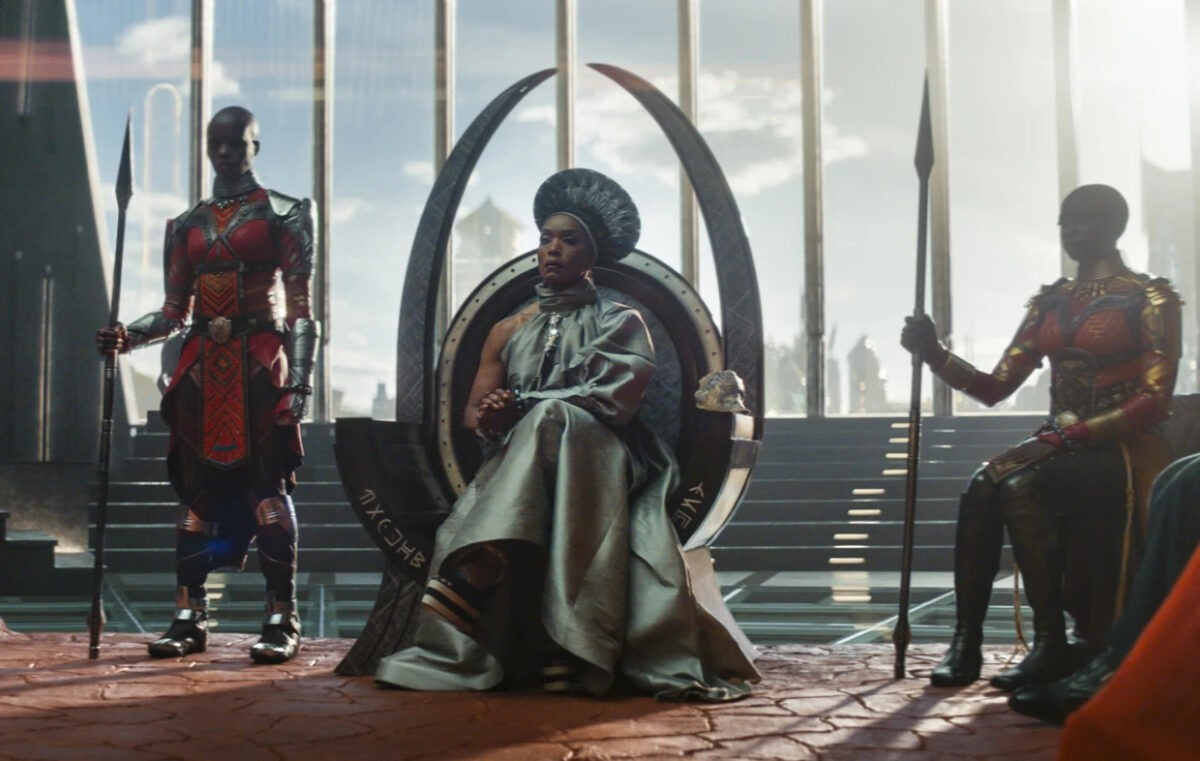
All about girl power
What makes Wakanda Forever really interesting is how it breaks stereotypes. We’re not talking just about its representation of African and Mayan lineages, but also the dominance of female characters taking major roles in the film. For the majority of the fight scenes, you see women fighting against men, and the same can be said for the post-T’Challa Wakanda, where Queen Ramonda (Angela Bassett) and Princess Shuri lead the way.
This is also evident in Namor’s Talokan faction, as Namora is viewed as one of his top warriors despite being Namor’s cousin. Girl power is further emphasized by the pivotal role Ironheart has in the clash between Wakanda and Talokan–and it’s nice to see movies break Hollywood norms.
Character and costume design is not as impressive
While we get the Mayan and Mesoamerican culture, we were quite dismayed at some of the character and costume designs. Shuri’s Black Panther outfit and Namor’s design were good, but the same cannot be said for the design for Ironheart and for the new suits Shuri designed for Nakia (Lupita Nyong’o) and Okoye (Danai Gurira).
We also have mixed reception with the character design of the people of Talokan, which felt like a mix between characters from Avatar and Bane. Considering how great the character and costume design was in the first Black Panther movie, we felt it was a bit of a letdown with Wakanda Forever.
Black Panther: Wakanda Forever Review: Final Verdict
Pros
- A fitting tribute for Chadwick Boseman
- The great approach to telling Namor’s story
- A good representation of African and Mayan cultures
Cons
- Costume design is not as impressive
- Ironheart’s story felt short
- Plot holes in T’Challa’s story
Hype Meter: 8/10
While Marvel Studio’s Phase 3 boasts an impressive line of movies, the same cannot be said for Phase 4 (save for Spider-Man: No Way Home). However, Black Panther: Wakanda Forever has changed our views on Phase 4 in general, as it is as good as No Way Home.
Aside from being a very fitting tribute to the late Chadwick Boseman, what makes Black Panther: Wakanda Forever great is how its core story represented Africans and Mayans, and how it was–to an extent – empowering women with its dominantly female cast. There are a few flaws here and there–which is partly due to Boseman’s sudden passing–but as far as Phase 4 is concerned, we think that Black Panther: Wakanda Forever second-best movie in this era next to No Way Home.






















